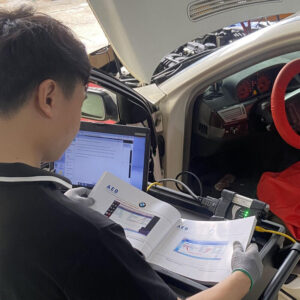
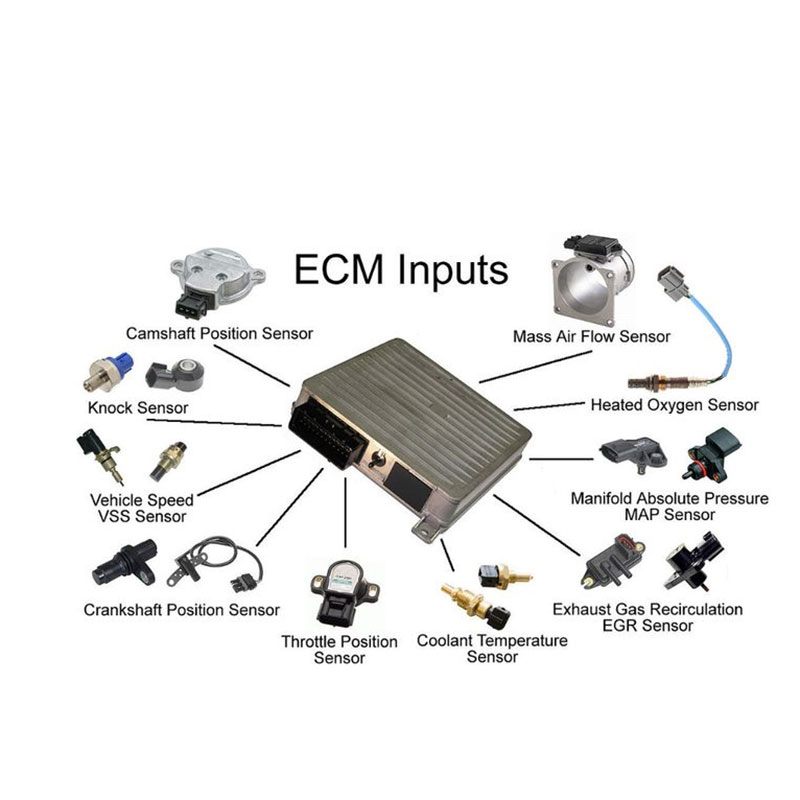
What is an ECM for a Car?
Contents
- What is an ECM for a Car?
- Core Functions of the ECM
- 1. Fuel Injection Management
- 2. Ignition Timing Control
- 3. Air Intake and Turbo Management
- 4. Emissions Control System
- 5. Variable Valve Timing (VVT) Control
- 6. Idle Speed Regulation
- Advanced Capabilities of ECM
- 1. Diagnostic and Troubleshooting Capabilities
- 2. Adaptive Learning and Self-Tuning
- 3. Fail-Safe and Limp Mode Protection
- Distinction Between ECM and Other Control Modules
- Why ECM is Crucial for Modern Vehicles
- Get Expert ECM Support from AutoExplain
- Conclusion
The Engine Control Module (ECM), also known as the Engine Control Unit (ECU), is the brain of a vehicle’s engine management system. This sophisticated electronic component continuously monitors and adjusts various parameters to ensure optimal performance, fuel efficiency, and emissions control. In modern cars, the ECM replaces mechanical engine control mechanisms, making real-time adjustments based on sensor data to maximize efficiency and reliability.
What is an ECM for a Car?
An ECM in a car is a central computer system responsible for regulating fuel injection, ignition timing, air intake, and emissions control. It receives input from multiple sensors, processes the data using complex algorithms, and sends precise commands to actuators that control various engine functions. This closed-loop system allows the ECM to adapt to changing driving conditions, environmental factors, and component wear, ensuring peak engine performance.
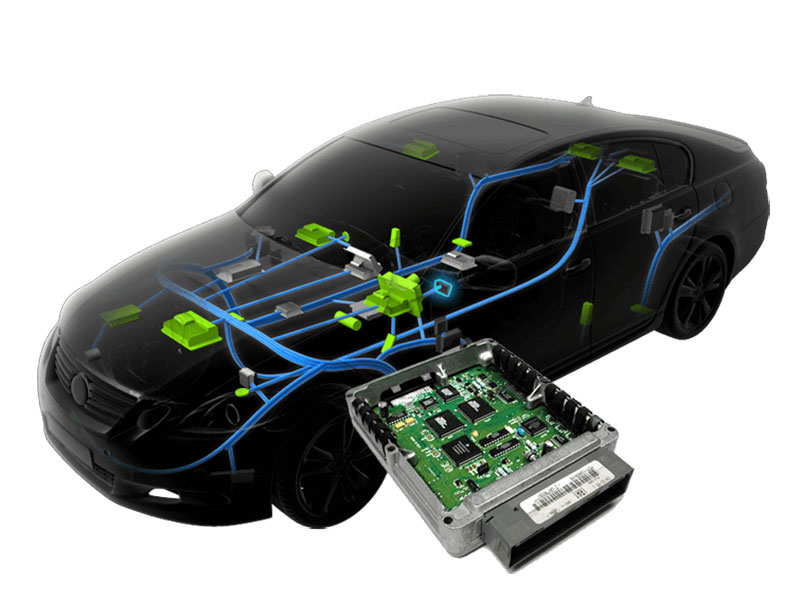
Core Functions of the ECM
1. Fuel Injection Management
The ECM precisely controls the amount of fuel delivered to each cylinder and the timing of injection. It achieves this by analyzing data from mass airflow sensors, oxygen sensors, and manifold pressure sensors to maintain the optimal air-fuel ratio (AFR). This not only enhances fuel efficiency but also reduces emissions.
2. Ignition Timing Control
The ECM regulates spark timing to ensure efficient combustion. It adjusts ignition timing based on engine speed, load, and temperature to prevent knocking, improve power output, and enhance fuel economy. Modern ECMs can make fine adjustments down to fractions of a degree to optimize performance.
3. Air Intake and Turbo Management
In vehicles with electronic throttle control (ETC), the ECM manages air intake by adjusting the throttle position. For turbocharged engines, the ECM also regulates boost pressure and wastegate control to prevent overboost conditions and optimize airflow, improving both power delivery and emissions control.
4. Emissions Control System
The ECM ensures compliance with environmental regulations by controlling systems like the Exhaust Gas Recirculation (EGR) and catalytic converter. It monitors exhaust gases via oxygen sensors and adjusts fuel injection accordingly to maintain efficient combustion while reducing harmful pollutants.
5. Variable Valve Timing (VVT) Control
Modern engines utilize Variable Valve Timing (VVT) to optimize performance at different RPM ranges. The ECM dynamically adjusts the timing of valve opening and closing to improve low-end torque, high-speed power, and fuel economy.
6. Idle Speed Regulation
The ECM maintains a stable idle speed, even when additional engine load occurs (e.g., air conditioning or power steering use). By controlling the throttle plate or an idle air control valve, the ECM ensures smooth engine operation while minimizing fuel consumption during idle conditions.
Advanced Capabilities of ECM
1. Diagnostic and Troubleshooting Capabilities
One of the ECM’s most valuable features is its ability to monitor and store fault codes (DTCs) when an issue arises. When a check engine light appears, technicians can use diagnostic tools to retrieve these codes and quickly identify problems.
2. Adaptive Learning and Self-Tuning
Advanced ECMs feature adaptive learning algorithms, enabling them to fine-tune engine parameters based on real-world driving conditions and component wear. Over time, the ECM adjusts fuel injection, ignition timing, and idle speed to optimize performance as parts age.
3. Fail-Safe and Limp Mode Protection
If the ECM detects a critical failure, it can activate a limp mode to prevent further damage. This allows the vehicle to operate with reduced power and functionality, ensuring the driver can reach a repair facility safely.
Distinction Between ECM and Other Control Modules
While the ECM focuses solely on engine management, modern vehicles include multiple control units that work in conjunction:
- Powertrain Control Module (PCM): Manages both engine and transmission functions.
- Transmission Control Module (TCM): Specifically controls automatic transmission shifting.
- Body Control Module (BCM): Regulates non-engine-related systems such as lighting, security, and climate control. These systems communicate via a vehicle network to provide seamless operation and advanced diagnostics.
Why ECM is Crucial for Modern Vehicles
The ECM has revolutionized automotive engineering, replacing outdated mechanical systems with real-time, computer-controlled precision. This results in:
- Better Fuel Economy – By optimizing fuel injection and combustion timing.
- Increased Power and Performance – Through precise ignition and air management.
- Reduced Emissions – Ensuring compliance with strict environmental regulations.
- Enhanced Reliability – By monitoring and adjusting for component wear over time.
Get Expert ECM Support from AutoExplain
At AutoExplain, we specialize in car diagnostics, coding, and programming support, helping technicians and car enthusiasts optimize their vehicle’s performance. Whether you need ECM troubleshooting, ECU remapping, or advanced programming solutions, our experts are here to assist.
📞 Contact us via WhatsApp: +1(936)2896695 for professional ECM support and tuning solutions.
Conclusion
The Engine Control Module (ECM) is an essential component of modern vehicles, acting as the brain behind engine operations. From fuel injection to emissions control, the ECM ensures optimal performance, efficiency, and compliance with regulations. As automotive technology advances, ECMs will continue to evolve, playing a critical role in future electrified and autonomous vehicles. Understanding the ECM’s functions can help drivers and technicians make informed decisions about vehicle maintenance, performance upgrades, and repairs.
For expert ECM diagnostics and programming service, reach out to AutoExplain today!
=> Discover other service of AutoExplain

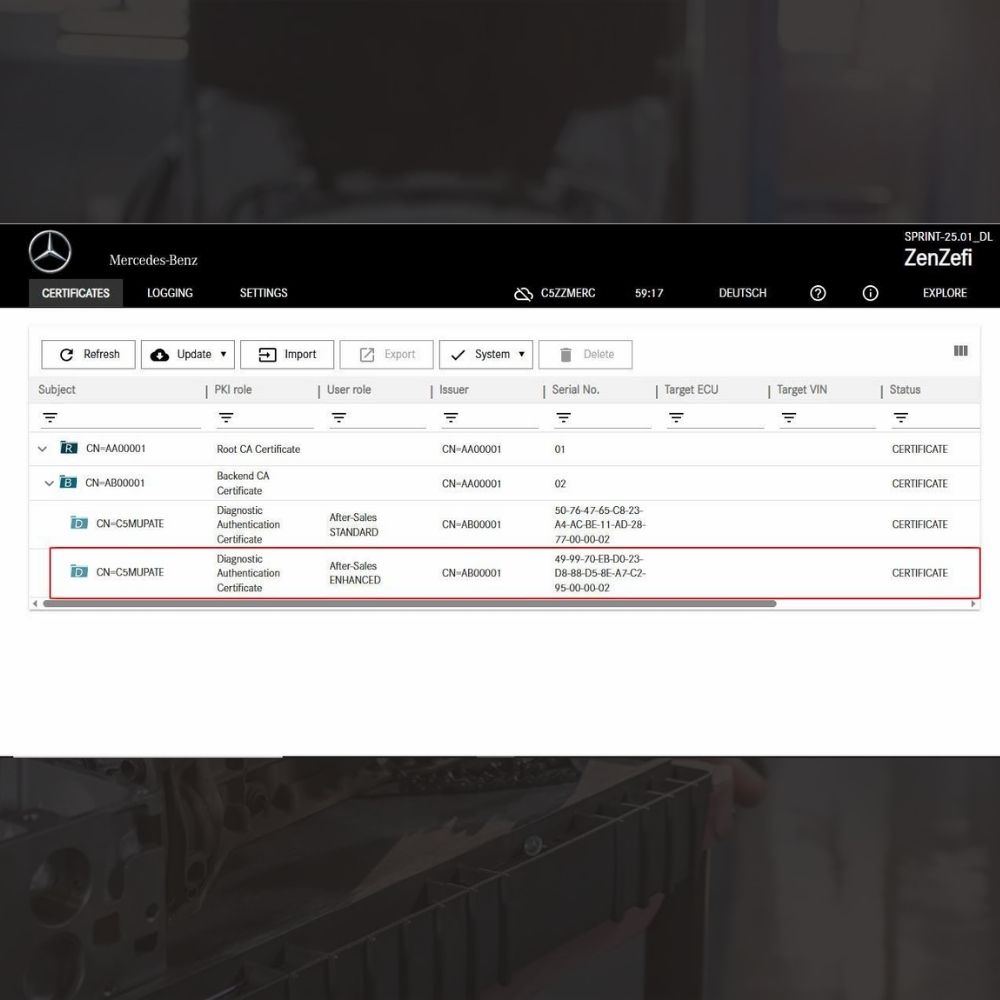
New Mercedes Car Coding Solution with ZenZefi certificate for DTS Monaco 9.02
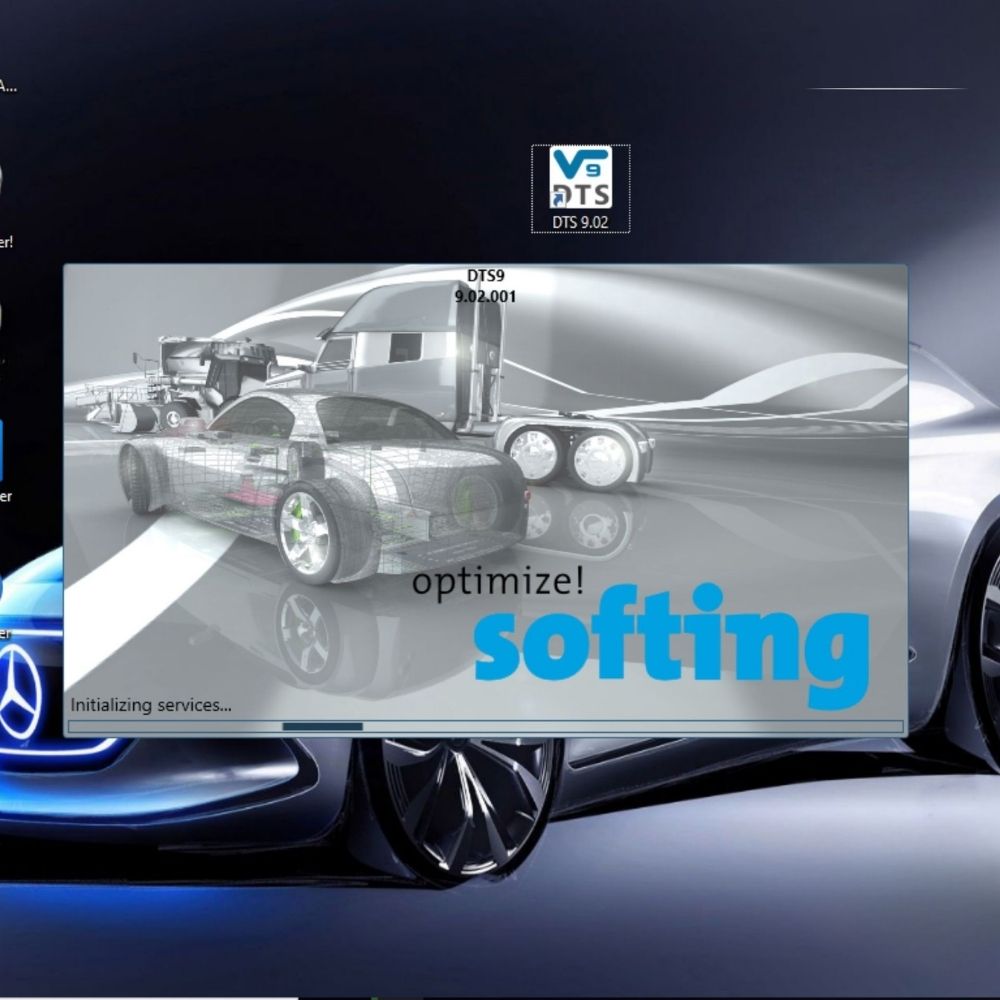
What is DTS Monaco? Key Functions of DTS Monaco Software
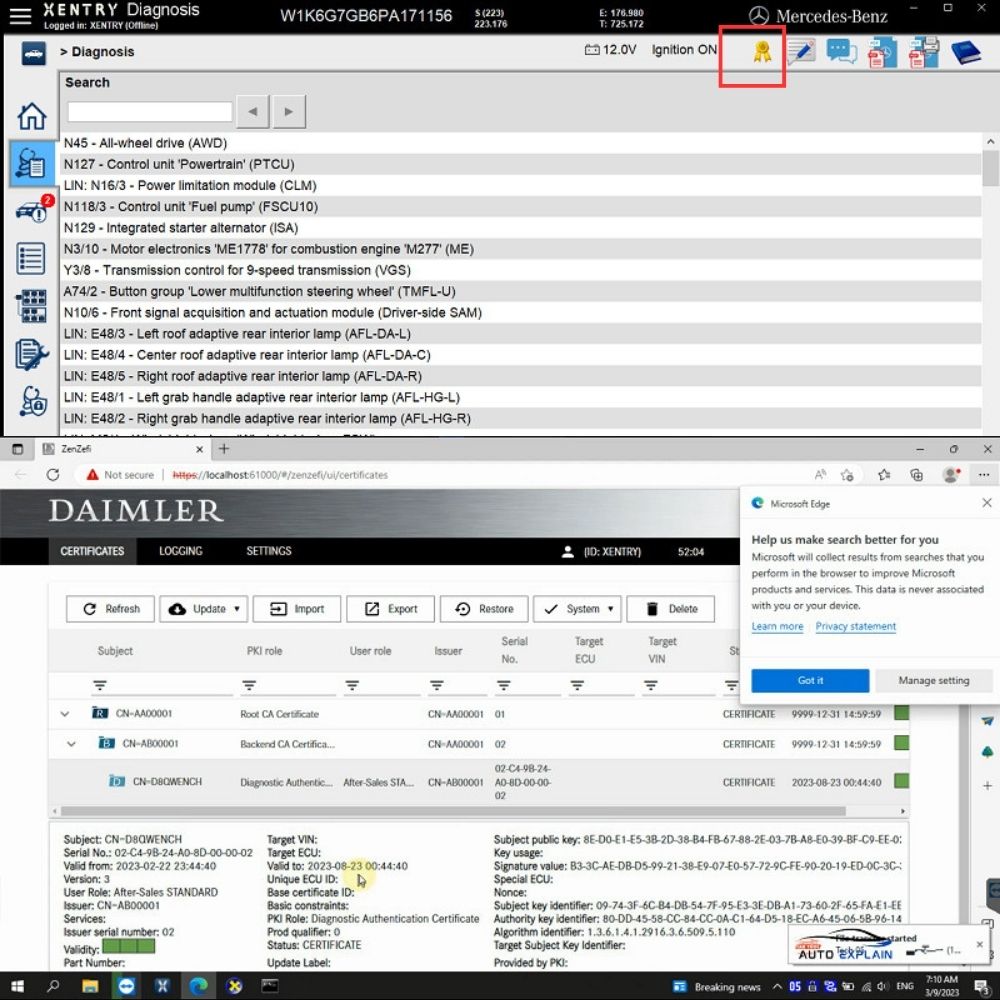
What is the Xentry Certificate Zenzefi? Why You Need It, and When It Is Required?



New Mercedes Car Coding Solution with ZenZefi certificate for DTS Monaco 9.02



